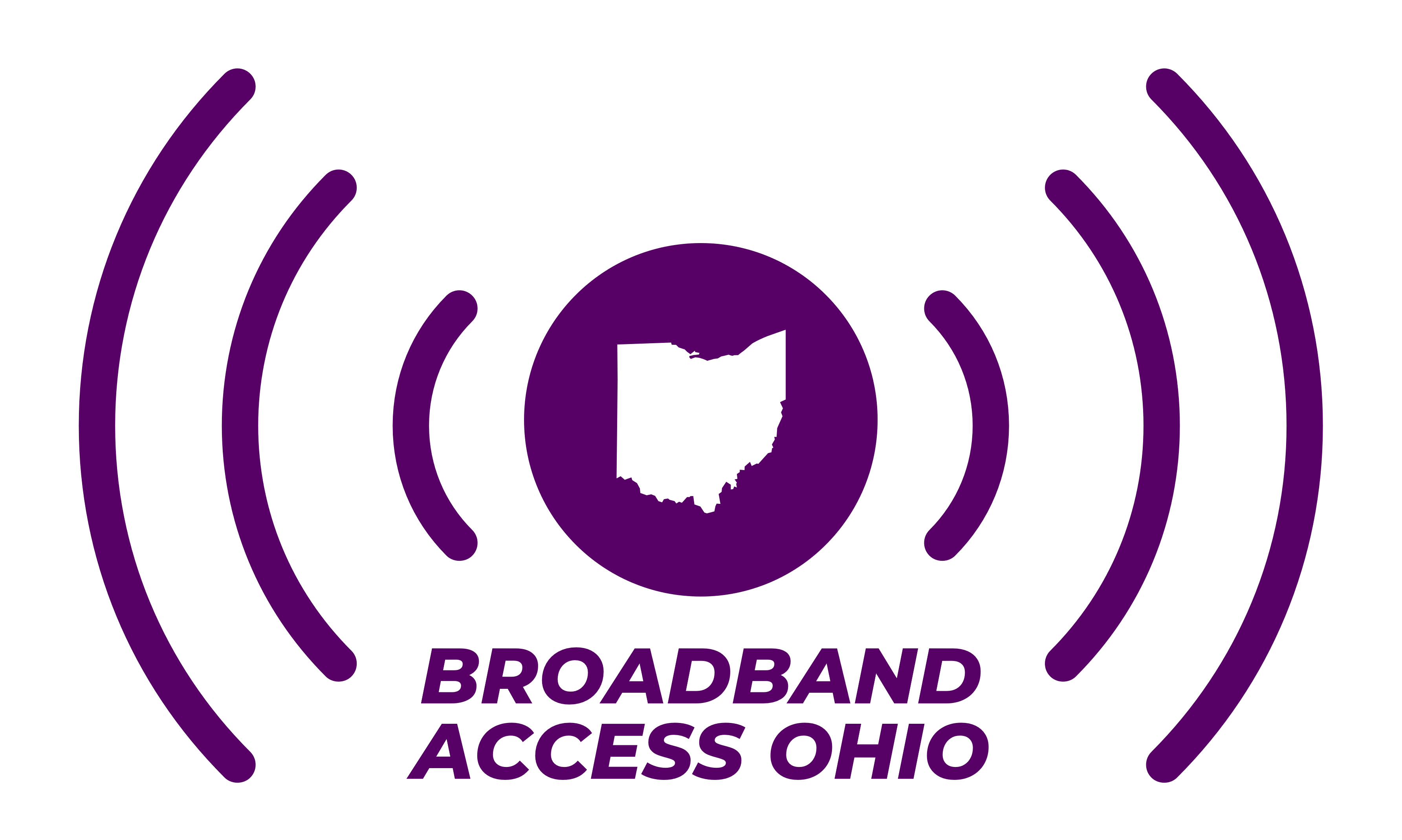November 28, 2022
On Friday, November 18th, the Federal Communications Commission (FCC) released its new and improved National Broadband Map. The maps produced by the FCC will be the guide for how over $42 billion in federal money (from the Broadband Equity, Access, and Deployment funds) will be allocated throughout the nation.
Previous maps released by the FCC have seriously underestimated the number of people throughout the nation and, specifically in Ohio, Appalachian communities that have inadequate internet access. As Ryan Collins of Buckeye Hills Regional Council said, “We’ve been burned in the past by federal mapping so it’s important that we keep our eyes on it.”
However, the FCC hopes that with these new maps, there will be more efficient and accurate data to show what areas need infrastructure investment. The organization has implemented a few new features that they hope to achieve this with. The first of which is the ability to apply to challenge the data on the map. Users, state and local governments will be able to issue challenges to the data if they believe it inaccurately describes the internet access, another way to hold private companies accountable for the data that is reported. Additionally, the new maps have a much more focused goal as they show the internet speeds in terms of individual buildings and locations. This provides the FCC with a much better understanding of connectivity throughout the nation.
When viewing the map, which is located here, it is very simple to look up anywhere throughout the nation. If you search your address in the search bar, you will get information on not only the fixed broadband availability in the area but also the mobile broadband availability. Individuals can challenge the data for specific locations through the website when viewing the address, making it simple and easy to improve the map’s accuracy.
Further Instructions:
- Search your address at BroadbandMap.fcc.gov
- Click on the gear symbol, on the right side of the screen, and ensure ‘All Wired and Licensed Fixed Wireless’ is selected under ‘Technology’
- Is the location information correct? If not, click ‘Location Challenge
- Are the Internet services listed for your address available? If not, click ‘Availability Challenge’”
- If you use this link it will take you to just Ohio and already has the “All Wired and Licensed Fixed Wireless” layer turned on.
The Biden Administration announced that these challenges should be submitted before January 13, 2023, in order to have an impact on the allocation of BEAD funds. The administration also announced that these funds should be allocated by June 30, 2023. This leaves pressure on citizens that live in areas with inadequate internet access to make sure that they are represented well and the new challenge process gives people and governments the opportunity to do exactly that.
With many new features and focuses, the FCC hopes that the updated National Broadband Map will provide them with more accurate information to make the proper decisions on where to allocate the federal Broadband Equity, Access, and Deployment funds.

Recent Comments